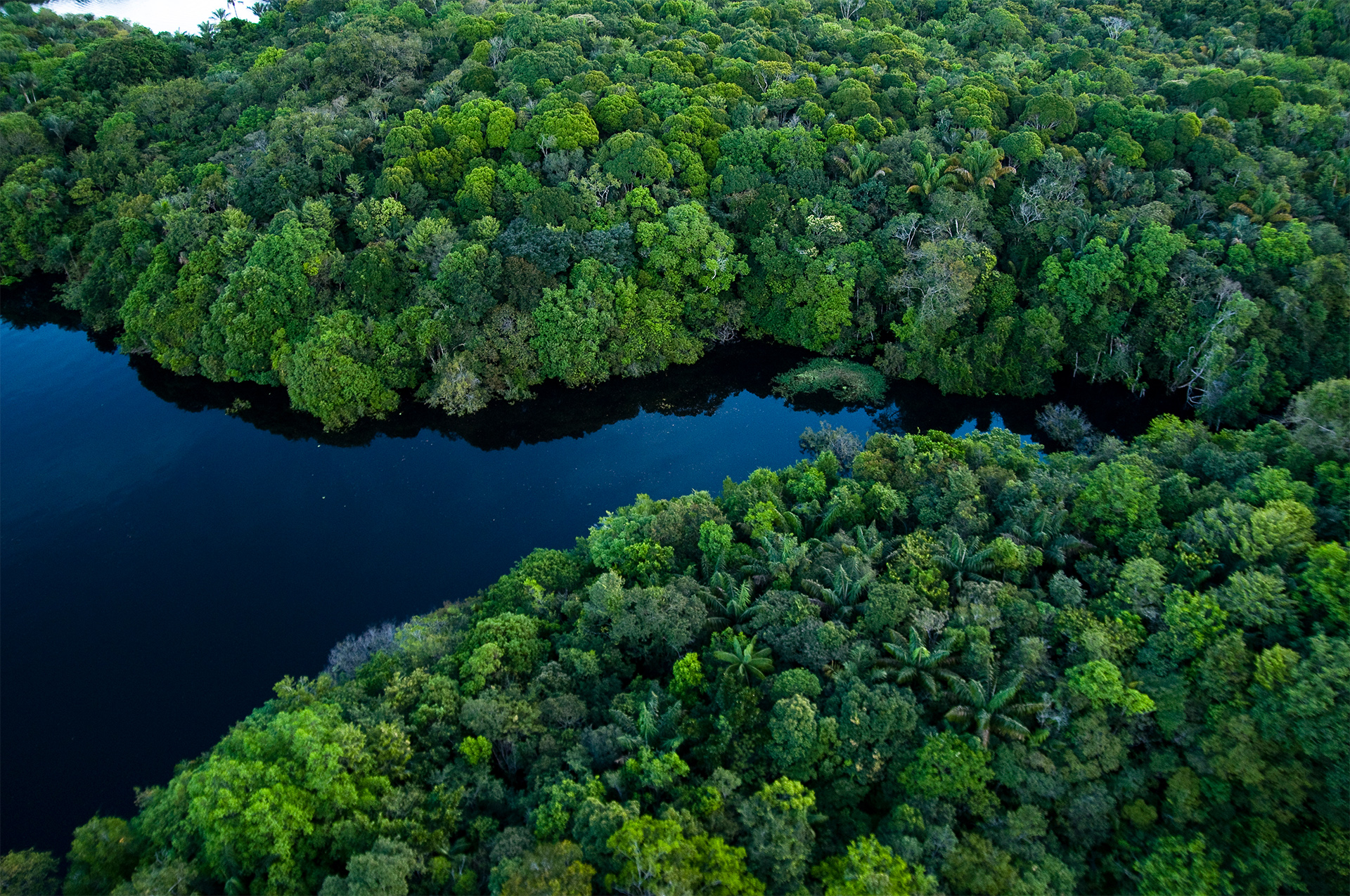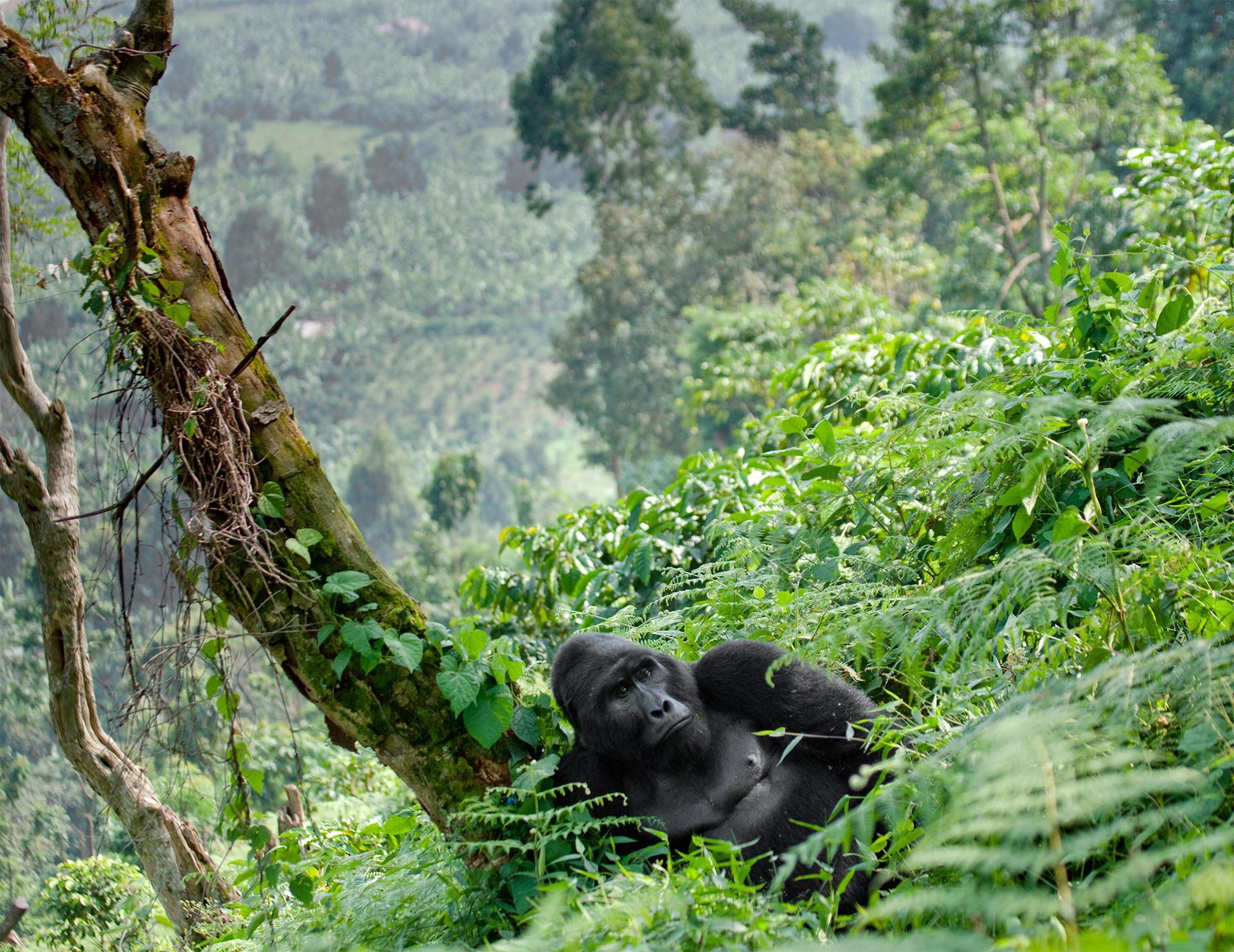A trip to the rain forest is filled with interesting possibilities for adventure, whether through cultural exchange, photography, fishing, hiking, birding or wildlife spotting.
But not all rain forests are the same! Some are hot and humid and filled with colorful orchids, while others are cool and misty and packed with prehistoric ferns. Some are known for their tiny residents, like hummingbirds, frogs and insects, others for their orangutans or mountain gorillas. Many ultra-dense forests are best seen by boat, while others are best explored on land with a highly trained guide.
To start you daydreaming about your next nature getaway, we’ve compiled eight of our favorite rain forest destinations.
1. Daintree: The Most Ancient Rain Forest on Earth
Many people assume that the Amazon is the oldest rain forest on the planet, but that title actually belongs to the Daintree Rainforest, a 135-million-year-old tropical forest edging the Great Barrier Reef in remote northeast Australia. In the province of the Eastern Kuku Yalanji Aboriginal people, the long history here is evident. Ancient plant species that date all the way back to the Jurassic and Cretaceous periods, including whisk and tassel ferns, are examples of some of Earth’s earliest land plants.

The surreal scenery and rugged topography here—made up of wild rivers, gorges, refreshing waterfalls and mountains draped in the verdant rain forest— are said to have inspired the film Avatar. Incredibly high in biodiversity, the Daintree is home to 30% of Australia’s frog, reptile and marsupial species and 90% of its bat and butterfly species.

Southern Cassowary
More than 430 bird species live among the plum pines, southern yews and bunya pines of the Daintree, including the endangered cassowary (a striking bird that towers up to 6-1/2 feet tall), lovely fairywren (yes, that’s its real name!), yellow-spotted honeyeater, Victoria’s riflebird, Bower’s shrike thrush, fernwren, and endemic tooth-billed and golden bowerbirds.
Keep an eye out for large saltwater crocodiles that ply the Daintree River and marsupials such as potoroo, bandicoot and the adorable musky rat-kangaroo, one of the smallest members of the kangaroo family. This tiny marsupial is only about 15 inches long, including its tail, and has survived in Australian forests for more than 20 million years.
Visit the Daintree Rainforest on Nat Hab’s Australia North: Kakadu, Daintree & the Great Barrier Reef tour
2. Amazon: By Far the World’s Largest Rain Forest
Daintree may be the oldest, but the wild and vividly colorful Amazon is by far the largest rain forest. It is made up of 1.4 billion acres — half of the planet’s remaining tropical forests. The Amazon spans Brazil, Bolivia, Peru, Ecuador, Colombia, Venezuela, Guyana, Suriname and French Guiana. This dense biome is best explored both on foot and by water, so as not to miss the massive array of diversity it has to offer.

On our Great Amazon River Expedition, we head straight to the Pacaya Samiria National Reserve in the heart of the Peruvian Amazon, a 5-million-acre labyrinth of flooded and dry forest, islands and chocolate-colored creeks laden with tannins.
As our comfortable private boat languidly makes its way down the river, we look for stealthy pink freshwater river dolphins, playful monkeys, napping sloths, colorful macaws and blue morpho butterflies darting about. Lagoons covered in giant lily pads are home to fish and caiman, and huge quantities of marsh birds hunt from shore.
Visit the Amazon on Nat Hab’s Great Amazon River Expedition
3. Bwindi: The “Impenetrable” Forest Home to Mesmerizing Mountain Gorillas
A UNESCO World Heritage Site, Bwindi Impenetrable Forest National Park in Uganda lies on the edge of the Great Rift Valley. Its misty hillsides are blanketed by one of Uganda’s oldest and most biologically diverse rain forests, dating back more than 25,000 years. More than 350 bird species call the forest home, including 23 Albertine Rift endemics.
But most visitors come here because of the 450 mountain gorillas (roughly half the world’s population!), including several habituated groups that visitors can spend time with.

Imagine following a highly trained guide as you track a gorilla family deep in the mountains, looking for signs of their presence, such as broken vegetation, stripped tree bark or a mound of dung. Depending on the day, it’s possible to spot young ones playing in the trees, mommas carrying their babies, and, if you’re lucky, an intimidating silverback. The patriarchs of their troops, these enormous males are often twice the size of the females in the group.
Nothing can ever prepare you for an encounter with a massive mountain gorilla, as your gaze momentarily meets its expressive eyes.
Visit Bwindi Impenetrable Forest on Nat Hab’s Great Uganda Gorilla Safari
4. Great Bear Rainforest: Spotting the Creamy-White Spirit Bear of Native Legend
In the remote valleys of the Coast Range on Canada’s far western edge of British Columbia sits an ancient ecosystem filled with thousand-year-old cedars and Sitka spruce that tower 350 feet into the rain clouds.
Deer and elk graze the undergrowth, while 50-foot-long humpback whales and playful porpoises swim through the nearby fjords. Streams rich with salmon weave through valley bottoms, providing food for eagles, orcas, wolves, black bears, grizzlies and the mystical, creamy-white Kermode bear, also known as the “spirit bear” of Native legend. Spirit bears are actually a unique subspecies of the North American black bear, in which approximately one in every 10 bears is born cream-colored due to a recessive gene.

On our Spirit Bears tour, we explore one of Earth’s most pristine and at-risk wildernesses with a local Gitga’at Indigenous guide within the protected bounds of the Kitasoo Spirit Bear Conservancy. Here, guests get the chance to learn about the spiritual importance of this bear to the Indigenous communities. Just a few hundred of these rarely spotted bears live in this isolated rain forest, but our guides know this terrain like the backs of their hands, meaning we often enjoy successful encounters with the mysterious creatures.
Visit the Great Bear Rainforest on Nat Hab’s Spirit Bears, Humpbacks & Wildlife of BC trip
5. New Zealand: Penguins, Glowworms and Ferns Taller than People
Essentially untouched since the Polynesians discovered New Zealand, the dramatic landscape of Te Wahipounamu has been molded by successive glaciations over eons. Picturesque fjords, rocky coastlines, sheer cliffs, waterfalls, turquoise lakes, rivers, ancient forests filled with thousand-year-old trees, myriad ferns and orchids, and volcanic sand beaches await travelers on our New Zealand Nature Explorer trip.

Hunua Falls, North Island.
Along the way, we visit Lake Moeraki in the heart of the Te Wahipounamu–South West New Zealand World Heritage Area. Kayaking and hiking among massive ferns to wild Monro Beach, we keep our eyes peeled for the kea, the world’s only endangered alpine parrot.
Our October and November trips offer the chance to see rare Tawaki penguins, also called Fiordland crested penguins. These are the only penguins that live in the rain forest; only about 2,000 pairs remain, with 200 of those found along the shores of Lake Moeraki. We also look for glowworms at night, whose bioluminescent pearl strands dangle from the trees, creating a memorable and enchanting rain forest experience.
Visit New Zealand’s rain forests on Nat Hab’s New Zealand Nature Explorer
6. Costa Rica: In Search of the Spectacular Quetzal
According to the United Nations Global Forest Resources Assessment, a mind-boggling 51% of Costa Rica is rain forest. Of this, 23.9% is primary rain forest (old-growth forest that has existed since ancient times without significant disturbance). Many areas of Costa Rica have rain forests, but the climates of each forest can vary greatly depending on elevation. For example, high-altitude cloud forests often have refreshingly lower temperatures. Other locations can receive between 80 and 260 inches of rain every year.

Quetzals (Pharomachrus mocinno) in flight!
On our Costa Rica Wilderness Explorer trip, we show you as many different ecosystems as possible. We start at an 800-acre private rain forest reserve on Costa Rica’s remote southern Pacific coast, where we keep an eye out for squirrel monkeys, howler monkeys and white-faced capuchin, sloths clinging to high branches, and agouti in the underbrush. More than 275 bird species live here, including brilliant scarlet macaws. From the river, we might see crocodiles, rainbow boas, green iguanas, long-nosed bats, roseate spoonbills, ospreys, kingfishers, frigatebirds and egrets.

© Eric Rock
Next, we head to Hacienda Baru National Wildlife Refuge, which protects large tracts of lowland rain forest, mangroves, wetlands and secondary growth. The refuge is home to wooly opossum, anteater, sloth, armadillo, ghost bat and a variety of monkeys. Birdwatchers will be ecstatic to know that there are nearly 400 recorded species here.
Finally, we travel to the high-altitude ecosystem of Los Quetzales National Park for a glimpse of the resplendent quetzal, with its emerald-green head, blood-red breast and long, iridescent turquoise tail. Following their deep, melodious calls through the forest is a experience almost as rewarding as visually spotting one.
Visit Costa Rica’s rain forests on Nat Hab’s Costa Rica Wilderness Explorer
7. Borneo: Get to Know Some of the Strangest Wildlife on Earth
Borneo, the world’s third-largest island with a size roughly that of Texas, is home to the tallest rain forests on the planet. Sheltered beneath their dense canopies are wild jungle rivers, rushing waterfalls and so much more wildlife than just the endangered orangutans these forests are internationally known for. There are leaf monkeys, wild gibbons, flying lemurs, proboscis monkeys, sun bears, clouded leopards, Bornean pygmy elephants and more than 300 vibrant bird species.

The island is home to an impressive 15,000 known plants, including about 3,000 tree species, more than 1,700 types of orchids, and more than 50 carnivorous plant species. Since 1995, more than 600 species have been identified on the islands, some of which are completely new to science. An unknown mammal species—for now vaguely named the Bornean red carnivore—was even captured by one of WWF’s camera traps as recently as 2003. Palm oil plantations surround the rain forests here and are the biggest threat to critical habitat loss.

A playful family of orangutans.
On our Wilds of Borneo adventure, we support only the most sustainable on-the-ground partners who are working tirelessly to protect these important rain forests.
Visit Borneo’s rain forests on Nat Hab’s Wilds of Borneo: Orangutans & Beyond adventure
8. Madagascar: Extreme Amounts of Endemism
The island nation of Madagascar has developed its own distinct ecosystems since it split from the African continent more than 150 million years ago.
Approximately 95% of Madagascar’s reptiles, 89% of its plant life, and 92% of its mammals exist nowhere else on Earth, making it easy to understand why World Wildlife Fund considers it a priority place to protect. There’s even a whopping 100 different and endemic varieties of lemur here!

Baobab trees.
While Madagascar boasts more than 3,000 miles of coastline and some of the world’s largest coral reef systems, its rain forests are home to strange land creatures such as diademed sifakas, indris, fossas and tenrecs (a spiky insectivore that looks like a striped hedgehog).

Coquerel’s Sifaka (Propithecus coquereli)
Andasibe-Mantadia National Park is a hub for the country’s efforts to conserve its biodiversity in the face of extensive deforestation. In just this one park, a thousand different orchid species bloom, making for some stunning photographic opportunities.
Visit Madagascar’s rain forests on Nat Hab’s Madagascar Wildlife Adventure



























